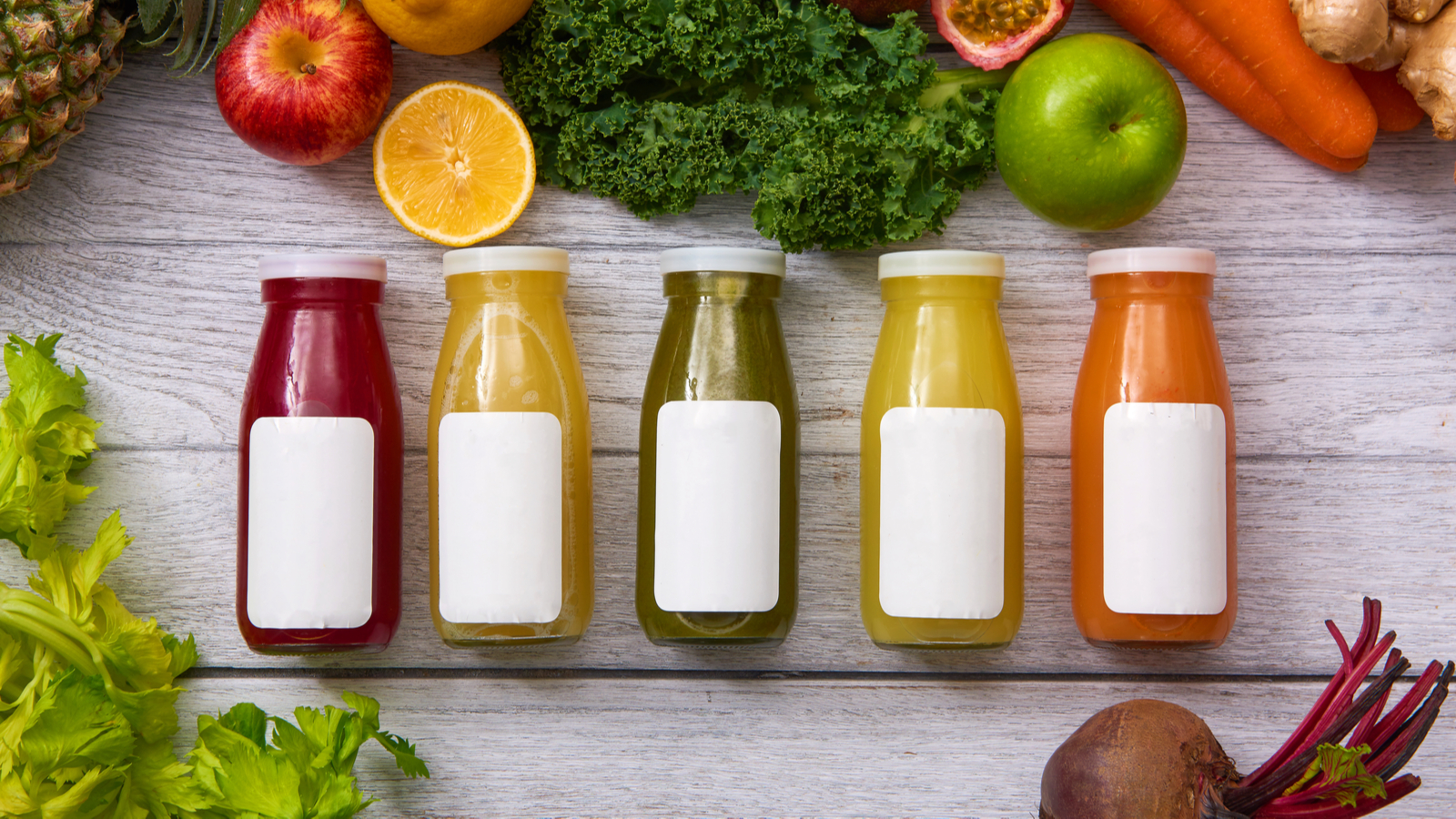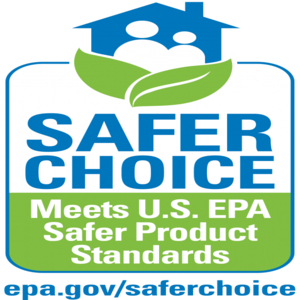

EPA Safer Choice

Each ingredient is the "safest in it's class", accounting for VOC content and whether the chemical accumulates in human tissue
Purpose
Safer Choice helps consumers, businesses, and purchasers find products that perform and are safer for human health and the environment.
Applied Standards
To ensure a baseline measure of performance, the applicant must make a good faith demonstration that their products perform effectively. Applicants must submit appropriate test results as specified below or provide equivalent performance tests agreed upon by Safer Choice. Performance testing requirements are product-category specific. Partners and candidate partners must consult Safer Choice or an authorized third-party profiler concerning product categories not specifically addressed below. For cleaning products, for example, each product shall effectively clean common soils and surfaces in its category at the most diluted/least concentrated manufacturer-recommended dilution level for routine cleaning, as measured by the following applicable standard test methods. Manufacturers may use an alternative method approved by Safer Choice to test performance. The alternative method must be objective and scientifically validated, conducted under controlled and reproducible laboratory conditions, and Safer Choice must approve the acceptable performance level. Alternatively, 11 the product must perform comparably to a conventional, nationally recognized product in its category and at equivalent product-specific use directions. Examples of performance requirements that are acceptable to Safer Choice include but are not limited to (note: the test methods listed in this section may have been revised; please ensure use of the latest versions)
Designated as hazardous air pollutants (HAPs) or air toxics, except those that meet the Safer Choice Criteria discharge to the environment, so that they bypass sewage treatment or septic systems, must meet the "Preservatives have biocidal properties and time-sensitive functionality. Safer Choice will allow use only at the lowest effective level. In addition to the CMR and PBT prohibitions in 5.2, preservatives that release CMRs or PBTs or whose reaction byproducts are CMRs or PBTs will not be allowed. Bacteria (spores & vegetative) strains shall be evaluated using complete human health and environmental risk assessments. These risk assessments shall include hazard assessments and exposure to workers, users and the environment during product use and end-of-life. Safer Choice-recognized products must not contain toxic elements such as heavy metals. Unavoidable de minimis levels may be present, e.g., from inorganic materials mined from the earth.Enzymes and enzyme stabilizers shall meet the general requirements in Section 5.2, except as defined herein. (Products that contain live microbial cultures or viable spores are addressed in separate Safer Choice guidance.) To help prevent inhalation of aerosolized enzymes, only liquid enzyme formulations or low-dust granulated enzyme formulations (i.e., encapsulated products with a minimum diameter of 0.15 mm) will be acceptable in labeled products. If in a dry form, in addition to using only low-dust granulated enzymes, manufacturers must exercise and be able to demonstrate best efforts to ensure a safe workplace (for example, through dust control and allergy surveillance programs and the use of appropriate personal protective equipment, as needed). The enzymes used in products must be well characterized, and their technical names and catalytic activities must be provided to Safer Choice. Candidate partners must also submit the genus and species of the production organisms, including appropriate taxonomic data, as needed, and documentation of appropriate quality control measures. If present at appropriate levels, boric acid (and certain of its neutralized salts) may be used as a stabilizer in products containing Safer Choice-acceptable protease enzymes. Safer Choice encourages the development of safer alternative stabilizers. Disposable wipes must be demonstrated to be compostable or flushable as formulated. Safer Choice considers wipe composition and ability to decompose as key characteristics for disposable cleaning wipes when they are the intended method of application for a cleaning formulation. Qualifying wipes must be made of materials that are readily compostable (e.g., cotton, bamboo), as demonstrated through a certificate of analysis or similar means. To be flushable, a disposable wipe must pass through the toilet and drainline system, be transported in wastewater conveyance systems, and be compatible with wastewater treatment systems where they exist, or in some regions, discharges of untreated wastewater. An example of an acceptable test protocol is the Guidance Document for Assessing the Flushability of Nonwoven Consumer Products, published by INDA, the U.S.-based association of nonwoven fabrics industry and EDANA, the European-based international association serving the nonwovens and related industries. Residuals of concern must be limited to less than 0.01 percent (by weight) or 100 ppm in the formulation.
For ingredients known to contain residuals of concern, Safer Choice’s goal will be to limit those residuals to the lowest practicable levels. Dilution will not be considered in calculating the percentage of residuals in concentrates. Formulators should understand that residuals may be present and should encourage chemical manufacturers to carefully monitor and control processes to limit residuals of concern. [Note: Safer Choice is working to ascertain to extent to which the state of green chemistry can support the restrictions
imposed by this section.]
